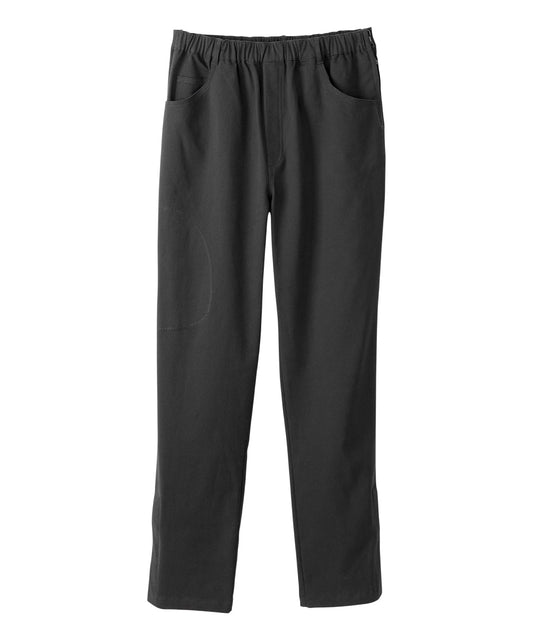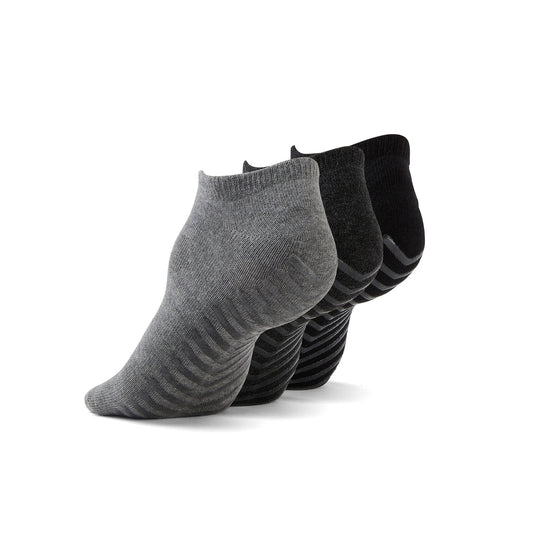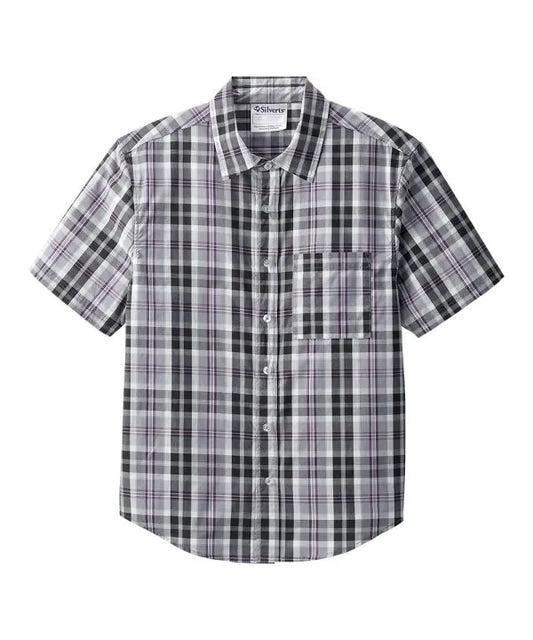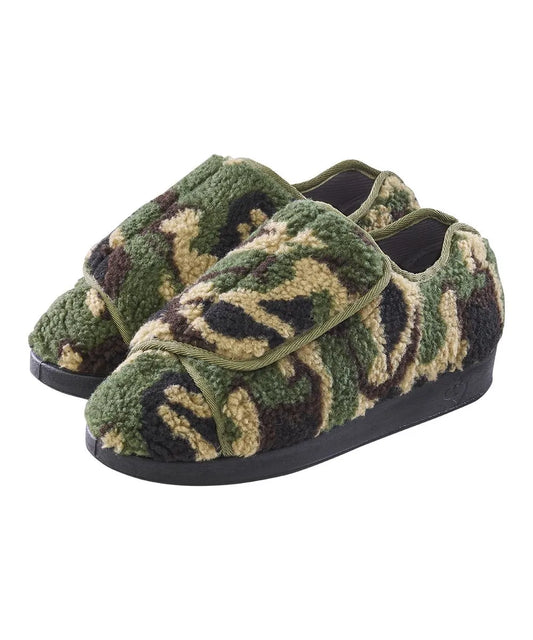Written by: Zuhair Augla
Introduction
Physical activity is an integral part of a healthy and fulfilling lifestyle. It keeps the body fit, reduces stress, enhances mental health, and contributes to overall well-being. These, however, require other things than just the motivation to get moving: it needs equipment to support the body and enhance performance. The most important part of this support system is proper footwear, especially when one is into some form of physical activity.
With so many available options on the market for adaptive footwear, picking one can be a real burden. Second, your activity level and the materials that best fit with your chosen exercises also played a major role in dictating which adaptive shoes could simplify the decision-making process once understood. Be it casual running, walking, or even lightweight exercises for comfort-the perfect shoe fitted to the bills will make all the difference.
In this guide, we’ll explore how to select adaptive footwear based on your activity level, which materials work best for various activities, and the advantages that adaptive shoes offer over traditional footwear. By the end, you’ll have the knowledge and confidence to choose footwear that not only meets your physical requirements but also enhances your overall experience during physical activity. Let’s take the first step toward finding your perfect pair.
How to Choose Adaptive Footwear Based on Your Activity Level
Your activity level will determine what kind of adaptive footwear is going to be best for you. You need to wear very specific footwear if your life is highly active and involves running, hiking, or sports. If you're moderately active, such as with walking, light stretching, or yoga, you need comfortable, flexible footwear that doesn't have extra bulk you don't need.
Adaptive shoes with enhanced cushioning and arch support will help for high-impact activities like running or hiking. Running makes your feet, knees, and joints go through repeat stress, so choose those shoes with shock-absorbing soles and responsive midsoles to help minimize impact and other injuries. https://www.juneadaptive.com/products/mens-lightweight-supported-shoes-with-rear-zipper-access-woodshop These adaptive pair of footwear has shock absorbing soles and can be found on the June Adaptive website. Adaptive features to look out for include easy-on designs-such as pull-tabs or Velcro closures-to ensure a rapid donning and removal, especially in cases where limited mobility or dexterity could be an issue.

If the nature of your activities always stays within walking or light exercises, then adaptive footwear focuses majorly on stability and comfort. Walking shoes should have a roomy toe box to accommodate the natural motion of your foot and any swelling that may occur during the day. The features may be in the form of straps that are adjustable or just stretchy uppers that provide a custom-like fit, which will mold to the particular contours of your feet. In yoga or other stationary activities, flexible-soled shoes with slip-resistant grip help maintain balance and stability.
You should also consider your specific needs, such as swelling, sensitivity, or orthotic use. Adaptive shoes with extra depth or removable insoles will be able to house custom orthotics or provide extra room for your feet and are, therefore, ideal for particular health conditions. By aligning your choice of adaptive footwear with your activity level, you can ensure that your shoes enhance your performance and keep you comfortable.
What Materials Work Better for Your Chosen Activity
The type of materials used in your footwear greatly influences their performance, comfort, and durability when it comes to adaptive shoes for physical activity. Of course, different activities call for different material qualities, and thus knowing what they are can enable you to make a more informed choice.
High-intensity activities, such as running or hiking, call for lightweight and breathable materials like mesh or engineered knit uppers. These materials allow air to pass by, which prevents your feet from overheating during long hours of movement. Many mesh uppers are combined with synthetic overlays to add structure and durability for when the shoes need to take a beating from an aggressive activity. Additionally, midsoles made from EVA foam or polyurethane offer great cushioning and energy return to reduce fatigue during those long workouts or hikes. https://www.juneadaptive.com/products/womens-mint-memory-foam-shoes-with-front-zipper-access cushioning is so important for active footwear which is why these memory foam shoes may be the right choice for you and it can be found on the June Adaptive website.

Softer, more flexible materials are better for walking or casual activities. For durability and a more supportive fit that is still sufficiently flexible for walking, leather or leather-like synthetic uppers can be used. Many of these are combined with padded collars and tongues to prevent ankle irritation and generally increase comfort.
Indoor activities such as yoga or stretching require material that could provide flexibility and grip, while rubber soles with non-slip patterns provide stability on smooth surfaces, avoiding slipping over during poses or stretches. Shoes with fabric or neoprene uppers are lightweight, molding to the shape of your feet for a sock-like fit that allows freedom of movement and comfort.
Another important feature of adaptive materials in footwear is special needs accommodation. Seamless linings, for people with sensitive skin or diabetes, are made to be soft and wicking to prevent irritation and maintain dryness of the feet. Elastic or stretchable uppers are especially great for those with swelling in their feet, as it provides a snug yet forgiving fit without pressure points.
If you need orthotics, find shoes with insoles made of memory foam or gel that are removable. The aforementioned materials mold to your feet for added comfort, and the removable feature will enable you to insert your own orthotics where needed. Knowing what materials work best for your intended activity will ensure your adaptive footwear performs capably and keeps your feet supported and comfortable.
Benefits of Adaptive Footwear over Regular Footwear
Adaptive footwear, through features that are not very often found in regular footwear, has many advantages in benefiting individuals with special requirements. One of the single biggest advantages of adaptive shoes compared with regular shoes is in custom fits and adjustability: adaptable straps, elastic panels, and removable insoles tailor to various foot shapes and sizes. This level of flexibility is especially beneficial for individuals with swelling, bunions, or other foot irregularities that can make traditional footwear uncomfortable.
Other than this, another major advantage that can be associated with adaptive shoes is convenience. People with lesser dexterity or mobility cannot afford the hassle of trying to manipulate laces on their traditional shoes or fit themselves through narrow openings. Adaptive shoes incorporate elements of convenience by designing features like wide openings, Velcro closures, and slip-on designs. All of these features make wearing shoes independently and taking them off less cumbersome, further developing the sense of self-reliance and cutting reliance on others.
Comfort is another area in which adaptive footwear excels. Most adaptive shoes are designed with cushioning and support in mind, using advanced technologies to reduce impact and provide all-day comfort. This is important during physical activities, as proper support can prevent fatigue, improve alignment, and reduce the risk of injuries. Further, seamless construction and padded linings are common in adaptive shoes to minimize friction and irritation, ensuring comfort even on extended wear. https://www.juneadaptive.com/products/copy-of-mens-extra-wide-shoes This pair of wide, easy slip-on shoes is a fantastic pair of shoes highlighting the importance of comfortable shoe,s and it can be found on the June Adaptive website.

Durability is also a strong point with adaptive footwear. High-quality materials and construction ensure that these shoes can withstand various activities. Be it running on trails, walking on pavement, or practicing yoga indoors, adaptive shoes are built to last while maintaining functionality and a great look.
Adaptive footwear does more than just offer practical advantages, but it also boosts one's confidence and motivation. Designs that balance style with functionality mean adaptive shoes let individuals feel good about their appearance while addressing their needs. This can be particularly empowering because it reinforces the idea that functionality doesn't have to come at the expense of aesthetics.
Performance: In adaptive footwear, the latest technology is often incorporated in all other forms. Some shoes allow shock-absorbing soles, non-slip outsoles, or midsoles that flex to ensure smooth performance through natural movement. They work not only for greater comfort and safety but also perform in a way that feels like high-intensity workout regimes or casual walks in general.
Conclusion
Adaptive footwear for physical activity is chosen by understanding your activity level, choosing the right materials, and understanding the advantages that these shoes offer. You can develop better performance, comfort, and confidence during any form of physical activity by understanding your needs and preferences for appropriate footwear.
Adaptive footwear is not just shoes but a new, customizable world of advanced materials and user-friendly designs that fit any kind of need. Whether one wants high-intensity shoes, casual walking shoes, or even indoor exercise shoes, there's an adaptive option out there that can help anyone move around with ease and comfort.
Adaptive footwear is an investment in your well-being and active lifestyle, rather than a mere practicality. A good pair of shoes can make all the difference in how one feels and performs, enabling one to continue being active in the things they love. With the many options available, finding adaptive footwear to suit your needs has never been easier, and it's well worth the effort.
To learn more about adaptive footwear then check out the JuneAdaptive website https://www.juneadaptive.com/















